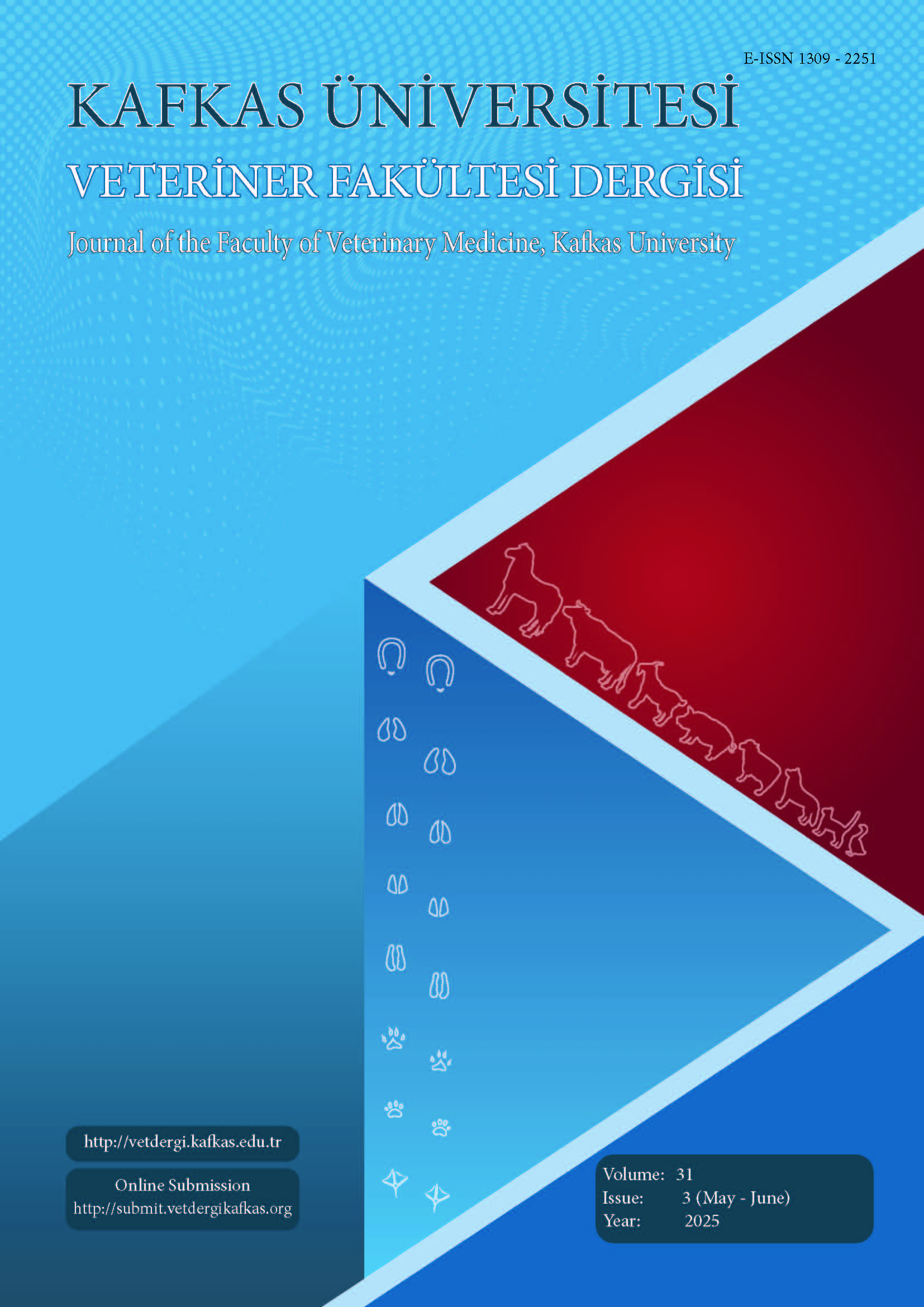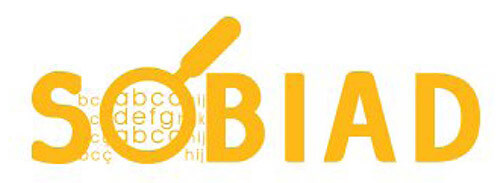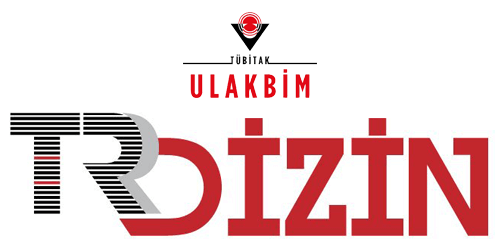
This journal is licensed under a Creative Commons Attribution-NonCommercial 4.0 International License
Kafkas Üniversitesi Veteriner Fakültesi Dergisi
2025 , Vol 31 , Issue 3
U-Net-Based Approaches for Biometric Identification and Recognition in Cattle
1Tekirdağ Namık Kemal University, Çorlu Engineering Faculty, Department of Computer Engineering, TR-59860 Tekirdağ - TÜRKİYE2Kafkas University, Faculty of Veterinary Medicine, Department of Surgery, TR-36100 Kars - TÜRKİYE DOI : 10.9775/kvfd.2025.34130 Animal welfare is a factor that directly affects productivity and is one of the cornerstones of sustainable agriculture and animal husbandry practices. Traditional identification methods cause animal stress and create opportunities for theft and fraud. This is because conventional identification methods, unlike biometric methods, do not use the animal"s natural features; therefore, the identity can be more easily copied or imitated. To minimize these problems and enhance animal welfare, this study proposes a computeraided animal identification and recognition system using retina biometrics. In this study: i) Experts manually segmented 80 RGB cattle retinal images. ii) The images were augmented using various angles, generating 540 images. iii) An identification system was developed using the U-Net, SA-UNet, and U-Net++ deep learning models. iv) The performance of the developed identification system was measured for both the original and augmented datasets using the Dice coefficient and IoU. The study"s findings show that the identification system"s most successful model was U-Net (with a validation accuracy of 97.4%). The findings of this study demonstrate that cattle identification and recognition systems using retinal images were achieved with high accuracy rates. This study investigates retinal recognition and evaluates the performance of deep learning models for retinal identification, while also providing a publicly available expertannotated ground truth dataset. Keywords : Biometric identification, Biometric recognition, Cattle retina biometrics, Deep learning segmentation, U-Net architecture










